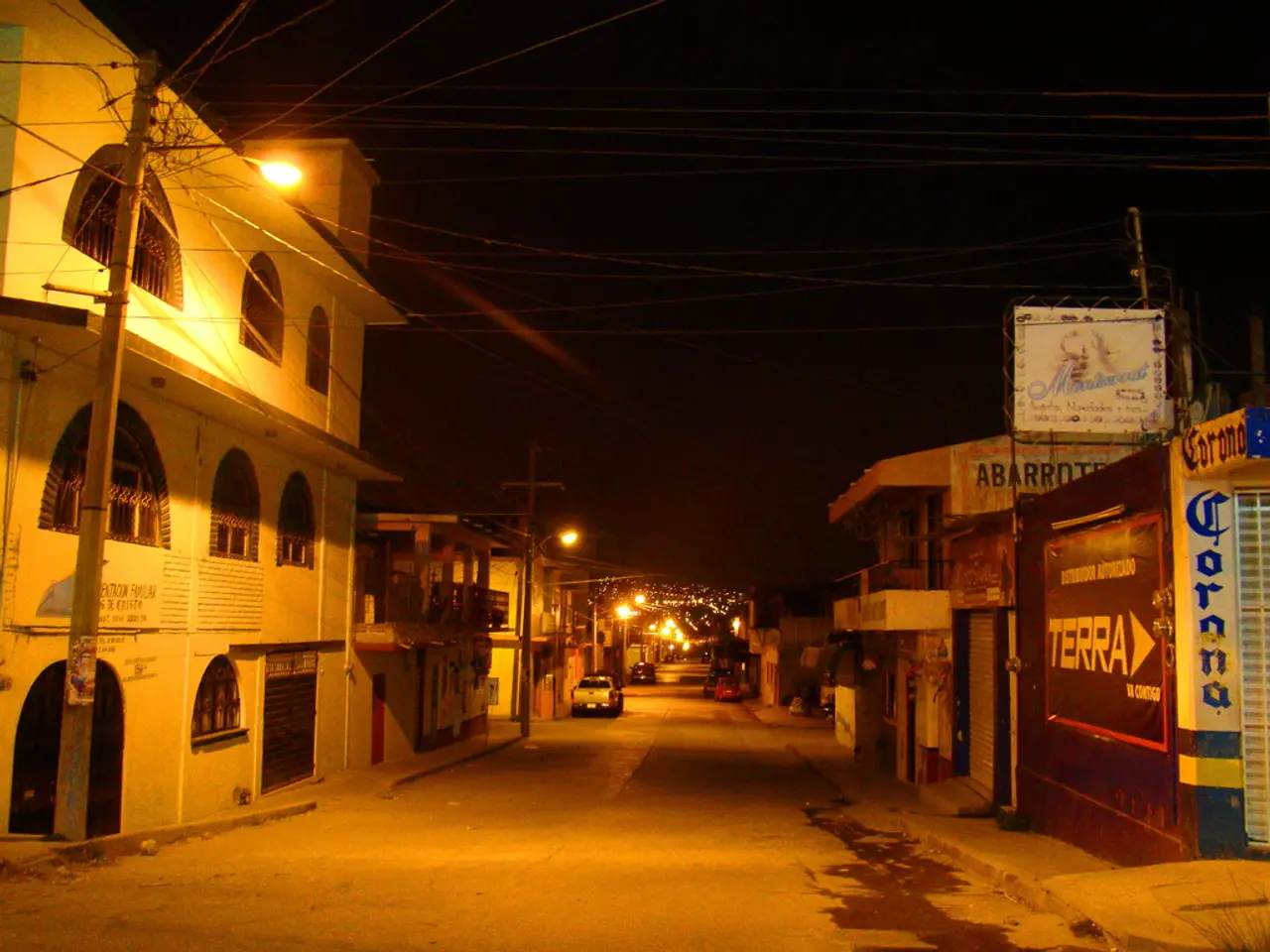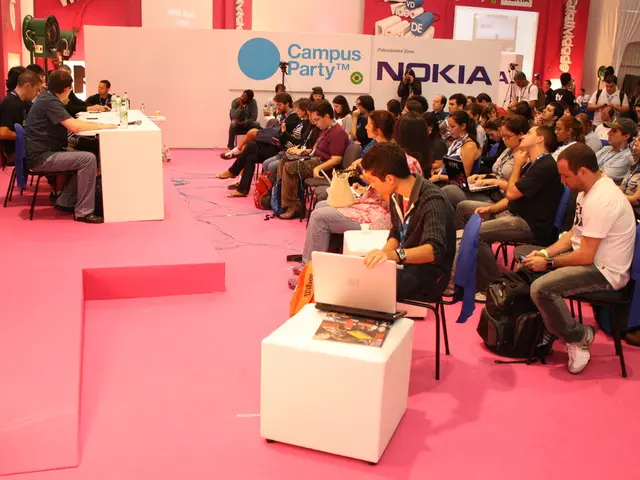How data centers are reshaping energy demands and grid stability
Data centers, with their fluctuating power demands, pose challenges for traditional power plants. Meanwhile, utilities find themselves in a strong position when connecting these centers to the grid.
Data center power consumption varies significantly, swinging by hundreds of megawatts in short periods. This makes them unsuitable for large, dispatchable power plants designed for steady output. Ideally, energy parks would combine multiple renewable sources, storage solutions, and data centers, connected at a single grid point. However, data centers are built in phases, which clashes with the 'lumpy' nature of large, one-time investments in power plants and infrastructure upgrades.
To manage these challenges, data centers are increasingly adopting onsite batteries. Front-of-the-meter storage also helps balance grid fluctuations powered by wind and solar, smoothing data center integration. The concept of baseload power is complex, with plants often offline for maintenance or outages, and the grid ensuring reliable power. Data centers are eager to secure power, giving utilities leverage during interconnection.
Battery energy storage is vital for managing data center impacts on the grid, preventing excessive wear and tear on co-located generation or nearby users. Companies like Vattenfall are exploring integrated renewable energy sources with biodiversity considerations, supplying green electricity to businesses. Meanwhile, industry consultants like Eric Gimon question the industry's focus on 24/7 baseload power for data centers, suggesting alternative power strategies.








